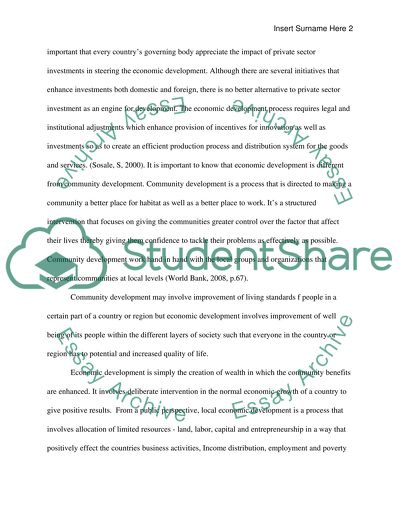Cite this document
(Investment Banking and Private Banking Coursework, n.d.)
Investment Banking and Private Banking Coursework. https://studentshare.org/finance-accounting/1513142-investment-banking-private-banking
Investment Banking and Private Banking Coursework. https://studentshare.org/finance-accounting/1513142-investment-banking-private-banking
(Investment Banking and Private Banking Coursework)
Investment Banking and Private Banking Coursework. https://studentshare.org/finance-accounting/1513142-investment-banking-private-banking.
Investment Banking and Private Banking Coursework. https://studentshare.org/finance-accounting/1513142-investment-banking-private-banking.
“Investment Banking and Private Banking Coursework”. https://studentshare.org/finance-accounting/1513142-investment-banking-private-banking.


